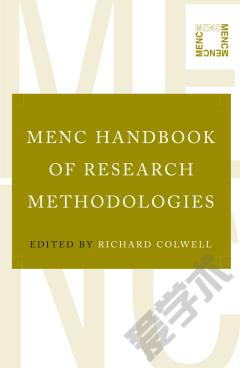Handbook of Research on Scholarly Publishing and Research Methods
In the past, a large number of research efforts concentrated on single-level analysis; however, researchers who only conduct this level of analysis are finding it harder to justify due to the advancements in statistical software and research techniques. The validation of research findings comes partially from others replicating existing studies as well as building onto theories. Through replication and validation, the research process becomes cyclical in nature, and each iteration builds upon the next. Each succession of tests sets new boundaries, further verification, or falsification. For a model to be correctly specified, the level of analysis needs to be in congruence with the level of measurement. This chapter provides an overview of multilevel modeling for researchers and provides guides for the development and investigation of these models. DEVELOPING MULTILEVEL MODELS FOR RESEARCH Researchers analyze hierarchical or nested structures, when conducting applied research in organizations, schools, health care facilities, and family settings. Hofmann (2002) indicated that ignoring these simple hierarchical structures can lead to incomplete and misspecified models. These hierarchical structures âshape, create, encourage, and reward behavior in organizationsâ (Hofmann, 2002, p. 248). Including this hierarchical structure into conceptual and theoretical models allows researchers to better capture the level of complexity because hierarchical systems increase our levels of understanding. In the past, a large number of research efforts concentrated on single-level analysis, primarily John Turner University of North Texas, USA Kristin Firmery Petrunin University of North Texas, USA Jeff Allen University of North Texas, USA
{{comment.content}}








 京公网安备 11010802027623号
京公网安备 11010802027623号